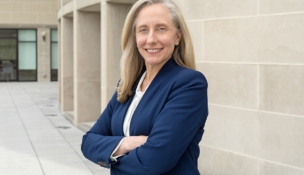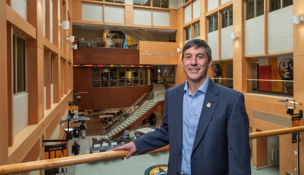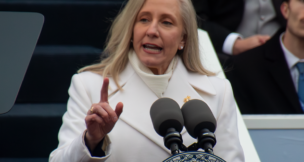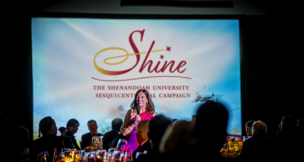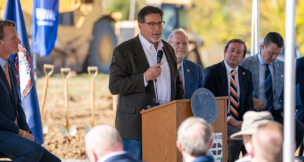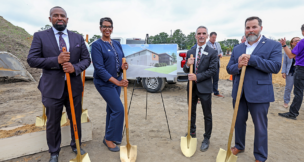Downtown apartments, college students fuel Marion’s revival
Tim Thornton //April 27, 2017//
For nearly a century, Marion College sat on Marion’s Main Street. It closed in 1967.
For much of the 20th century, R.T. Greer and Co. was a national leader in crude botanicals — roots and herbs collected and sold to pharmaceutical companies — and Marion was the center of Greer’s operations. But the business shrank as drug companies turned to other ingredients. Greer was gone by 1968.
Textile companies in Marion also provided steady employment for decades, but by the early 1990s many of those jobs had disappeared.
Town Manager Bill Rush says Marion “took some blows,” but it didn’t fall.
One of the town’s old sewing factories is about to be converted into an apartment building. The old herb warehouse is, too. Two other downtown buildings have been or are about to be transformed into apartments.
Ken Heath, executive director of Marion’s Community and Economic Development Department, says that when the latest round of renovations ends, the town of about 6,000 people will have more than 120 downtown apartments.
Pent-up demand explains some of the apartment boom, but college students are playing a big role, too. “For a generation, we didn’t have a college,” Heath says. “Now we have three of them.”
Two institutions — Wytheville and Virginia Highlands community colleges — offer academic classes in the Summit Center, a higher-education facility on the top floor of the Wayne C. Henderson School of Appalachian Arts. The Henderson — named after the well-known Virginia guitar player, luthier and National Heritage award winner — provides classes in a variety of regional arts, including quilting, woodworking and making musical instruments.
Last fall, Emory & Henry College’s School of Health Sciences accepted its first graduate students at the old Smyth County hospital site. Rush expects about 500 students to be studying there five years from now.
Heath likes to call Marion “an overnight success that was 20 years in the making.”
“We realized with a population of 6,000 people, we’re not going to get the same business as Roanoke or Bristol,” he says, “so we’re going to have to build it some other way.”
Marion worked to attract people with ties to the community and to help locals develop ideas into businesses. More than a decade ago, Joe Ellis, the man behind two of the current apartment projects, renovated the 1920s-era General Francis Marion Hotel.
Two years earlier, the renovated Lincoln Theatre had reopened a short walk down Main Street. The Lincoln, with an Art Deco interior intended to evoke a Mayan temple, hosts “Song of the Mountains,” a weekly mountain music show that is syndicated on PBS stations across the country.
Heath credits Marion’s revival to community cooperation, organizations promoting Southwest Virginia and the mix of public and private dollars. Opportunity, persistence and luck all matter, but once things get rolling, Heath says, positive change takes on a momentum.
“It feeds itself,” he says. “It’s a self-fulfilling prophecy. The more stuff you get, the more people come. The more people come, the more stuff you get.”
l


